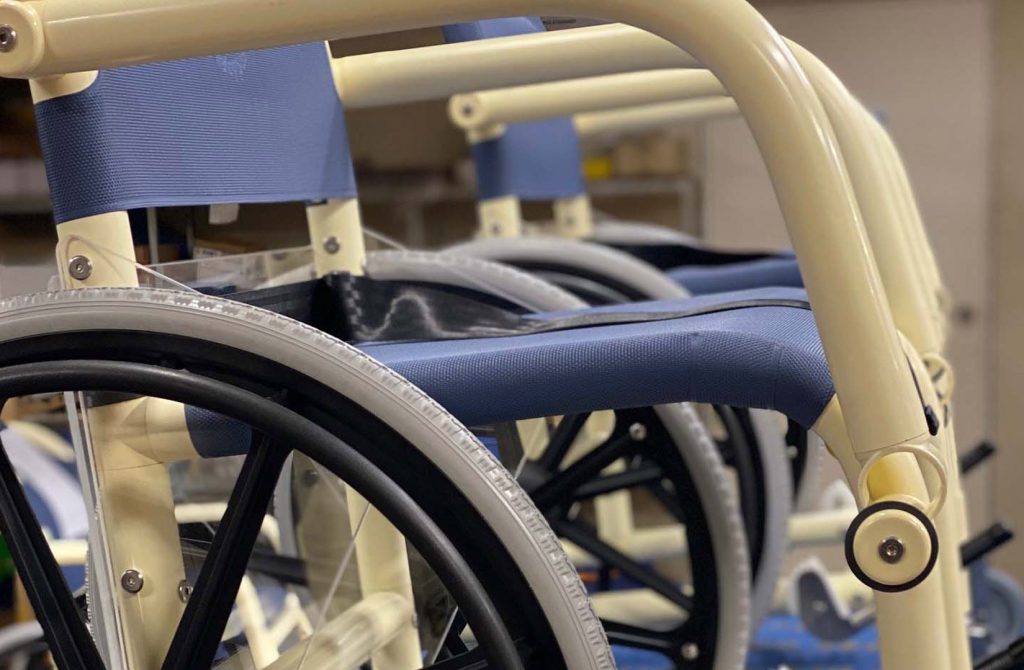In recent years, various Australian councils and community organisations have partnered with mobility solutions providers like Para Mobility to introduce aquatic wheelchairs as part of their inclusivity programs. A notable example is public pools offering aquatic wheelchairs at no cost to patrons with mobility impairments. These initiatives have been hugely successful, with many residents and tourists reporting a greater sense of empowerment and inclusion.
At the same time, aquatic wheelchairs have been integrated into rehabilitation programs at aquatic therapy centers, providing patients recovering from surgery, injury, or chronic conditions with increased access to low-impact, therapeutic exercises. Patients who use the aquatic wheelchair during their recovery often see faster progress in terms of mobility and strength due to the water’s buoyant properties and reduced stress on joints.
Challenges and Opportunities Moving Forward
While the benefits of aquatic wheelchairs are undeniable, there are some challenges to overcome in ensuring widespread access and use. One of the main issues is the availability of these devices at public beaches, pools, and aquatic therapy centers, as not all facilities have the budget or infrastructure to offer them. Additionally, some areas may not have the necessary training for staff to support individuals using these wheelchairs in aquatic environments.
However, these challenges present opportunities for improvement. Australian councils can partner with private sector providers to increase the availability of aquatic wheelchairs at public spaces, ensuring that facilities are fully equipped to accommodate users with mobility impairments. Further advocacy and awareness campaigns can also help promote the use of these wheelchairs and highlight the importance of inclusive water access for people with disabilities.
Para Mobility’s aquatic wheelchairs represent a breakthrough in accessible mobility solutions, allowing individuals with physical disabilities to enjoy water-based activities, improve rehabilitation outcomes, and increase their overall quality of life. In Australia, where outdoor and water-based activities are integral to the national lifestyle, these wheelchairs offer a vital tool for ensuring that all Australians, regardless of their physical abilities, can access the healing, joy, and community that water provides.
With continued investment, collaboration, and community engagement, aquatic wheelchairs can help create a more inclusive and accessible environment where everyone can enjoy the beauty of Australia’s waters.


